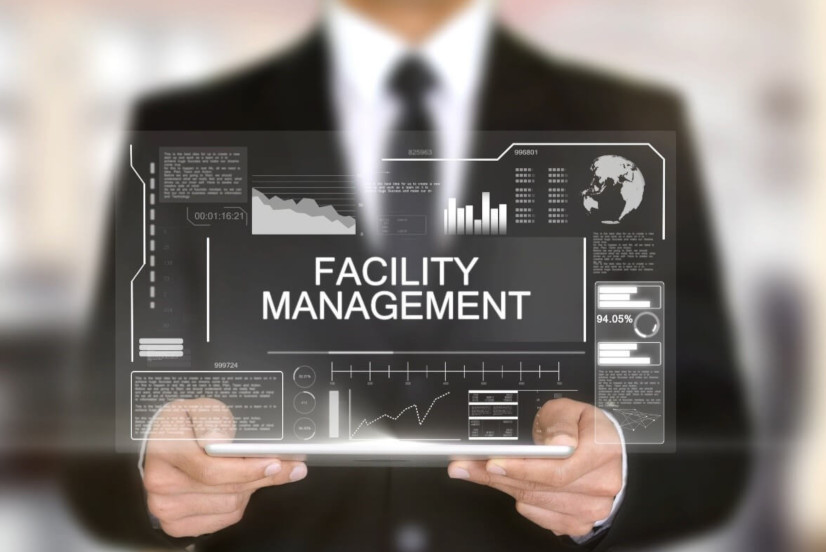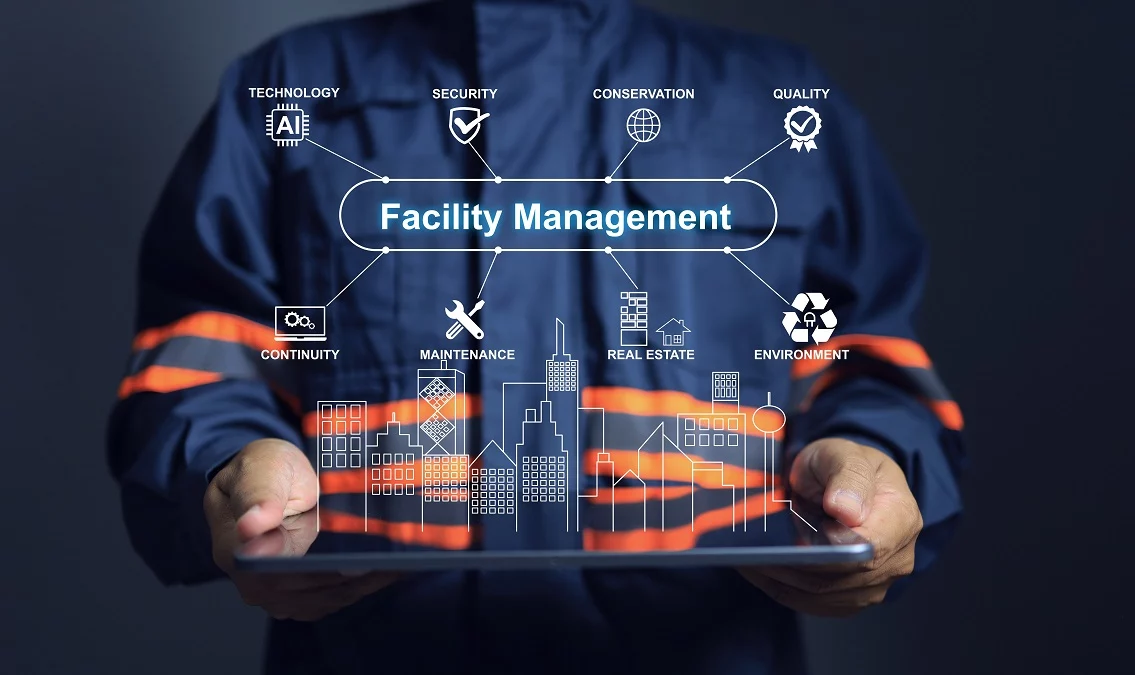Exactly How Total Facility Management Boosts Maintenance and Operations
Total Facility Management (TFM) stands for a transformative change in how organizations come close to upkeep and procedures. By leveraging data-driven methods and integrated technology, TFM not just expects and minimizes potential issues but additionally optimizes resource appropriation and boosts performance.
Enhanced Upkeep Methods
Enhanced Upkeep Techniques are necessary for optimizing the efficiency and longevity of facilitiess. These strategies encompass an organized approach to maintenance that highlights positive steps, predictive analytics, and condition-based tracking. By applying such strategies, organizations can properly minimize unintended downtimes and lessen functional disruptions.
One essential component of boosted upkeep is the usage of data-driven decision-making tools. These tools permit facility managers to evaluate historic efficiency data, identify patterns, and projection possible failures prior to they take place. This anticipating maintenance technique not only prolongs the life cycle of tools but likewise improves safety and conformity requirements.
Empowering and training upkeep personnel are just as vital in implementing improved methods (Total Facility Management). Trained staff can perform regular inspections and address minor problems before they intensify. In addition, adopting a detailed possession management system promotes tracking of equipment status, upkeep background, and scheduling of safety nets
Streamlined Operational Workflows
Enhancing functional operations is vital for the overall efficiency of facility management. By implementing streamlined procedures, companies can reduce redundancies, lessen delays, and enhance performance. A well-structured operational workflow permits facility managers to designate sources successfully, guaranteeing that jobs are completed in a timely fashion.
Making use of facilitiess management software can automate regular tasks such as work order management, supply monitoring, and scheduling. Clear communication channels among team members foster partnership and liability, further improving operational efficiency.
Systematizing procedures is one more critical component. Establishing ideal practices helps make sure that all employee are lined up in their approach, lowering the chance of errors and enhancing solution shipment. Routine training and updates on operations processes also play a crucial function in keeping uniformity and efficiency.
Ultimately, structured functional operations contribute to a more receptive facility management system, permitting organizations to concentrate on tactical campaigns instead than being slowed down by management worries. By focusing on performance, facility managers can considerably enhance the total performance of their operations.
Proactive Concern Resolution

Regular assessments and checking systems play a crucial role in this process, allowing facility supervisors to collect information and anticipate prospective failings. Furthermore, fostering open interaction channels among team member motivates the very early coverage of problems, better helping with prompt resolutions.
Carrying out an extensive facility management software application can improve the monitoring of maintenance activities and issue reporting, giving valuable insights into reoccuring problems and their origin. This data-driven technique enables educated decision-making and prioritization of sources.
Ultimately, proactive issue resolution not only protects the stability of facility operations however also improves worker fulfillment and safety. By purchasing strategies that focus on prevention, companies can create a more resilient and efficient operational environment, establishing a solid structure for future development and success.
Cost Efficiency and Resource Management
Exactly how can companies attain a balance between cost effectiveness and effective resource management in facility procedures? The integration of total facility management (TFM) supplies a critical framework that boosts financial efficiency while optimizing source allocation. By consolidating services, companies can streamline procedures, minimize redundancies, and take advantage of economic situations of range.
Effective resource management starts with a comprehensive evaluation of existing assets and functional procedures. Using data analytics, organizations can blog here determine underutilized resources and address inefficiencies. This enlightened technique makes it possible for the implementation of targeted maintenance routines, thus extending property life and minimizing unexpected downtime.

Training and development of facility management personnel even more boost expense performance by equipping them with the skills required to manage resources deliberately. Eventually, by taking on a holistic method to facility management, companies can accomplish significant cost savings while making certain that functional performance stays a top concern.
Sustainability and Ecological Impact
The integration of total facility management (TFM) not only improves price efficiency however additionally plays a pivotal role in advertising sustainability and reducing ecological effect. By taking on a holistic method to facility operations, TFM facilitates the application of lasting techniques that minimize source usage and waste generation.
Among the crucial elements of TFM is the optimization of energy use. This consists of the adoption of energy-efficient technologies, regular maintenance of heating and cooling systems, and the use of clever structure management systems. These actions not just reduced energy prices but also significantly decrease greenhouse gas exhausts.
Additionally, TFM advertises using lasting products in facility upkeep and improvement projects. By focusing on environmentally friendly items and methods, facilitiess can lower their total environmental impact while fostering much healthier indoor environments.

Final Thought
Finally, Total Facility Management dramatically improves maintenance and operations through methodical techniques that stress anticipating analytics and condition-based monitoring. The integration of technology simplifies operations, while detailed training fosters skill development among employees. Proactive concern resolution decreases unintended downtime, adding to cost performance and optimum source management. In addition, TFM promotes lasting techniques, eventually leading to enhanced facility management outcomes and a society of continual renovation within companies.
Total Facility Management (TFM) stands for a transformative shift in exactly how organizations come close to upkeep and operations. Using facilitiess management software application can automate routine jobs such as work order management, inventory monitoring, and organizing.Just how can companies accomplish an equilibrium in between expense performance and effective resource management in facility operations? The combination of total facility management (TFM) offers a strategic structure imp source that improves financial performance while enhancing source allowance.In final thought, Total Facility Management dramatically improves maintenance and procedures with methodical methods that stress anticipating analytics and condition-based monitoring.